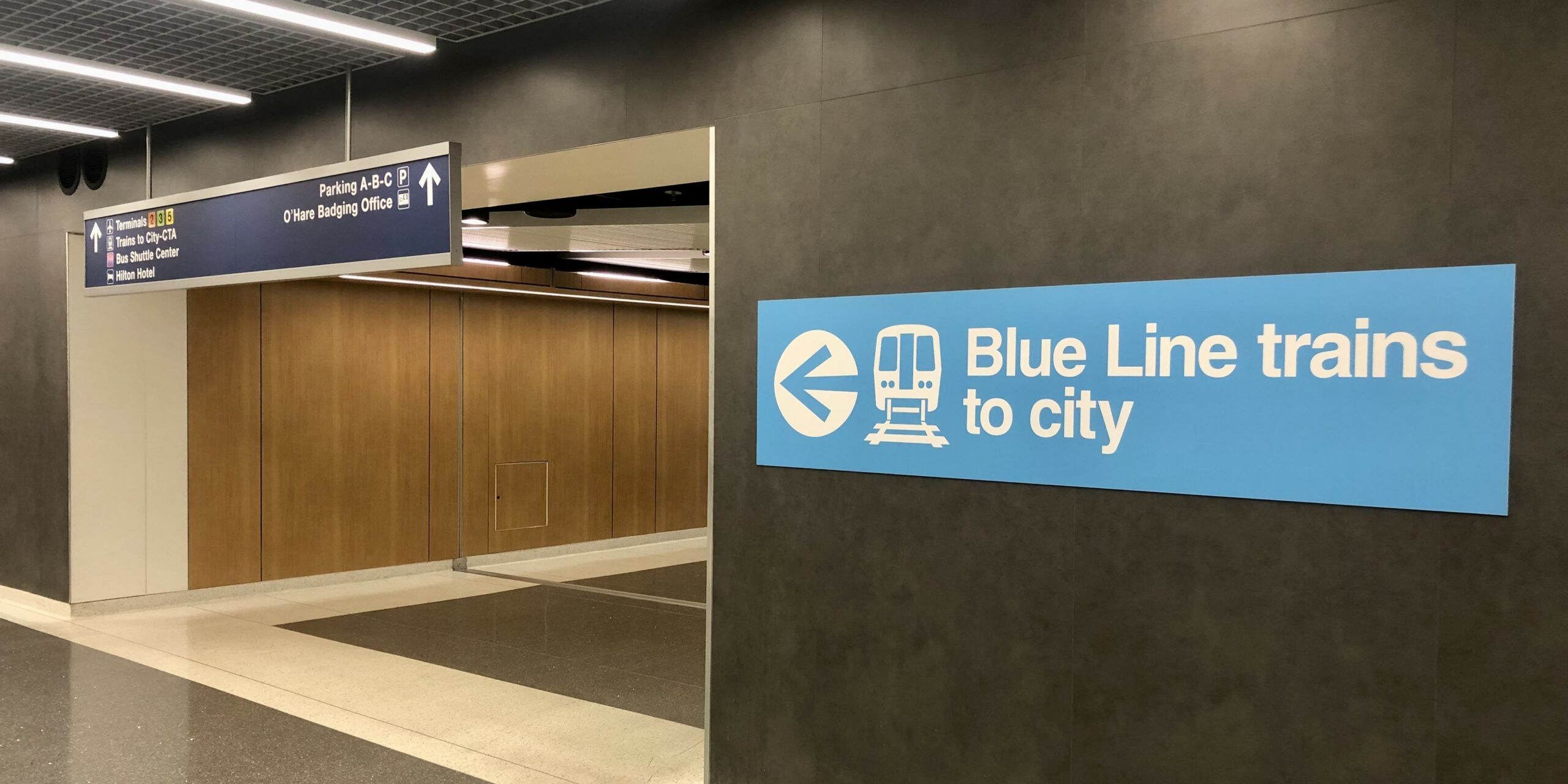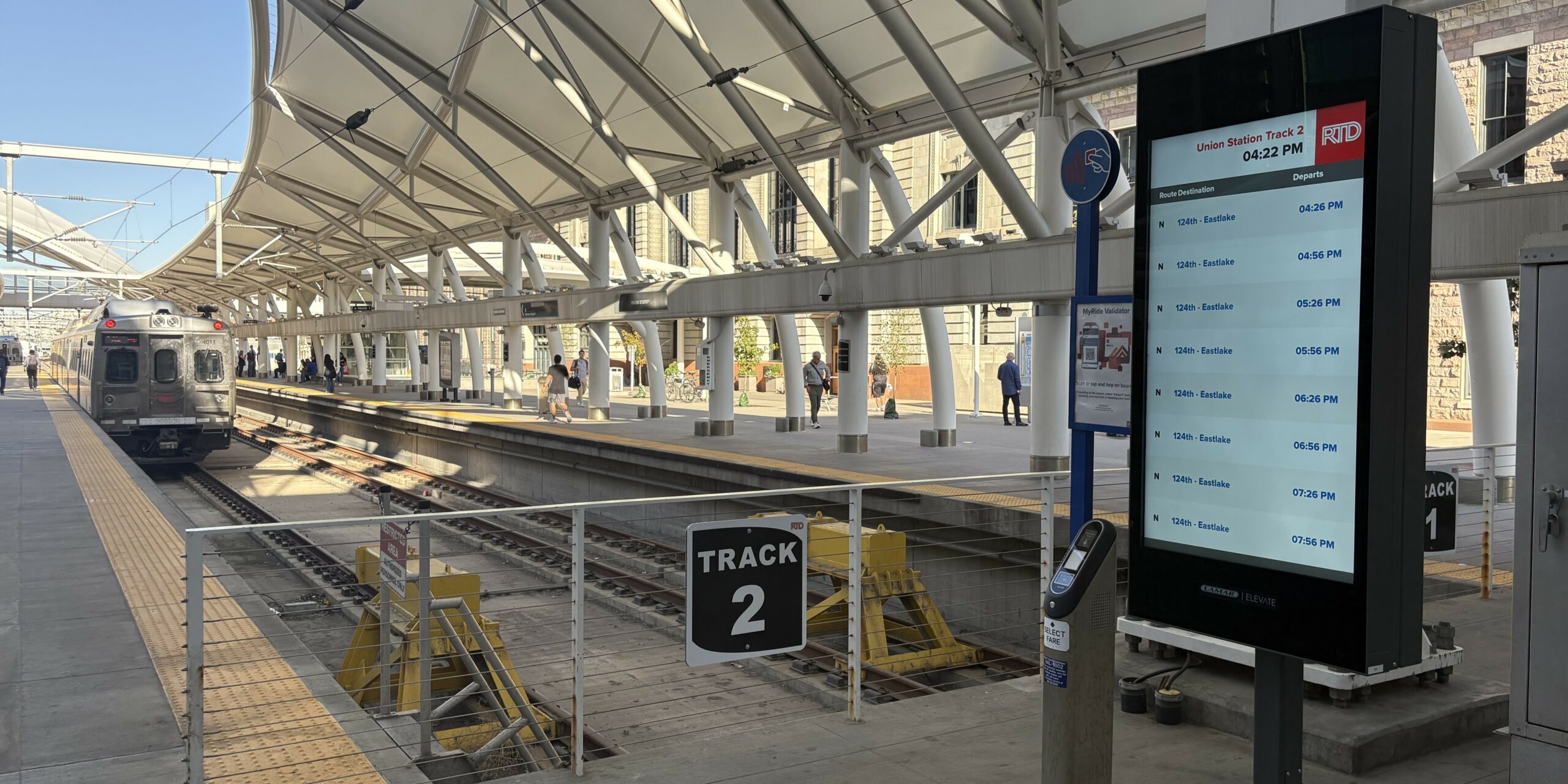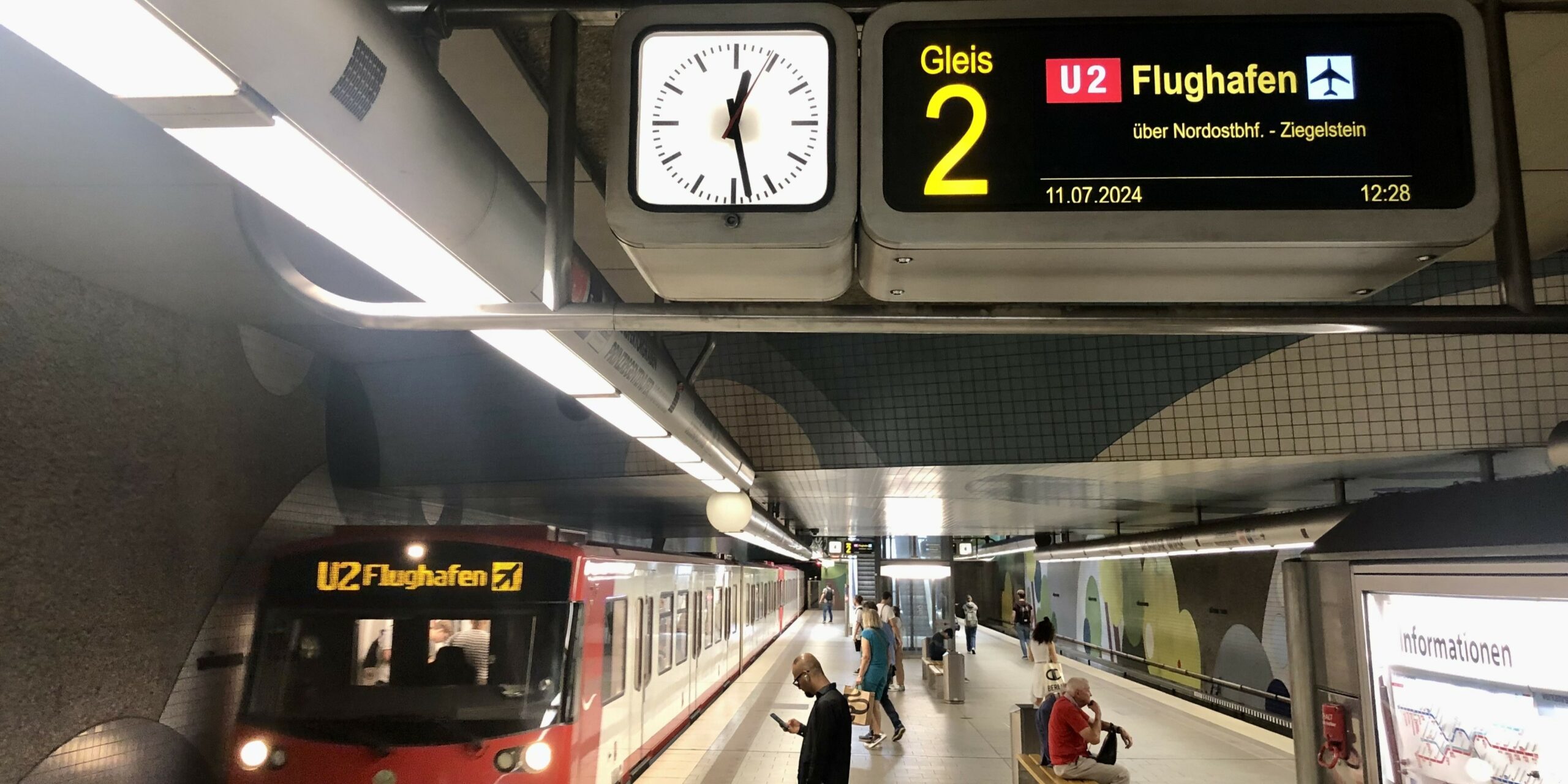GDT > Best Practices > Wayfinding
‘Wayfinding’ refers to the design field devoted to planning and designing coherent systems which incorporate maps, signs, directional markers and the insertion of small clues throughout the built environment that enable orientation. It should clearly guide the user through a transit environment and be a source of information, assistance and reassurance.
Good wayfinding uses a three step process to guide the user through making a decision on what they want to do, navigating them to the required spot and then providing reassurance by confirming the user is now in the correct spot and may wait if necessary. Poor wayfinding often mixes these three steps up and is often ambiguous regarding what it is trying to achieve at a single location. This results in confusion, frustration and resentment as users feel their valuable time is being wasted.
1. Decision Making

The first part of the wayfinding process is to identify ‘decision points’, where the paths a user may take diverge depending on intended destination, and locate comprehensive signage at them. Here the user is effectively presented with ‘menu’ of destinations and they need to make a decision on where to proceed next. Note the use of symbols and the different text color for one of the most popular wayfinding requests (‘Way out’).
2. Navigation

Once the user has decided on what they would like to do and thus where they need to go, the wayfinding needs to navigate the user to the correct location. At this stage, most signs should be as simple as possible so they can be read on the move.
3. Confirmation

Finally, once the user has arrived where they need to be, confirmation wayfinding is provided to reassure them that they have found their way to the correct location (‘Track 2’). At this stage there should be an absence of arrows or other navigation symbols as these indicate further action by the user is required, when if fact all they have to do is wait.

One last confirmation is provided by comparing the confirmation display to the display on the front of the bus or train. In this example from Germany, multiple items match; ‘U2’ which is the transit line, ‘Flughafen’ (airport) which is the destination and lastly the ‘airplane’ symbol.
Should advertizing be mixed with wayfinding?

As a general rule – no!
A user who is deciding upon and the subsequently navigating to a destination is unlikely to be receptive to an advertizing message. However, this may change when the user has successfully arrived at their destination and now has a wait for the next step (e.g. train arrival). This example shows an advertizing podium located in a ticketing area of a rail station. It is provided in addition to the comprehensive train destination displays, not as part of.